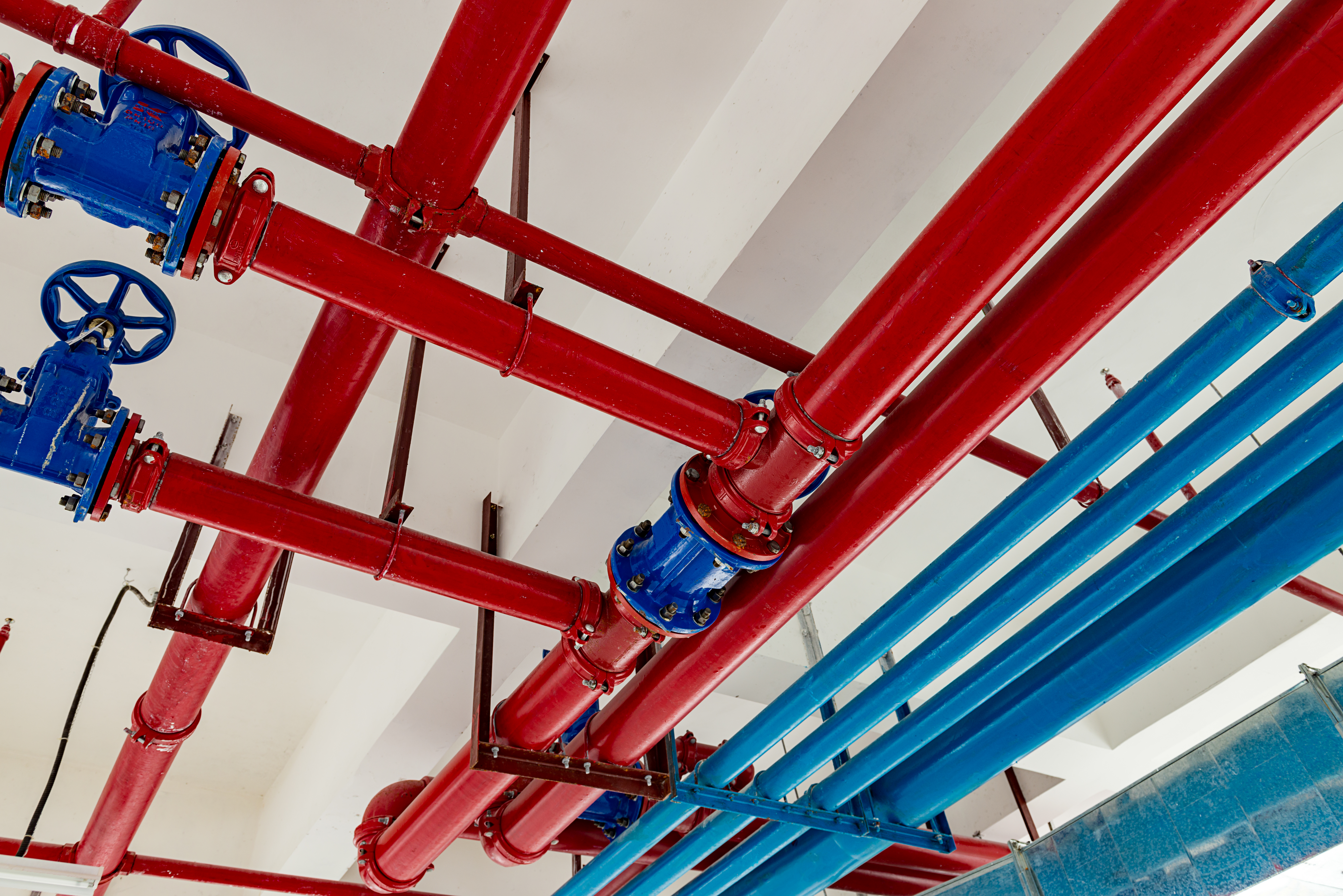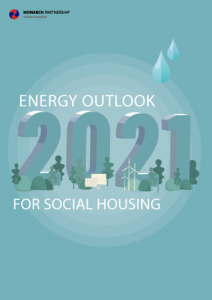What is combined heat and power (CHP)?
“CHP is a form of onsite electricity generation which provides a combination of heat and power”
In recent years, electricity users have been making a move away from centralised energy generation – relying on a supplier to produce and distribute power – and have instead been generating their own. This happens both on a domestic and commercial scale, with multiple groups of people drawn to benefits including reduced emissions, lower costs, and the potential to sell on surplus energy for profit. CHP (combined heat and power) plants produce both heat and electricity at the same time, a process called cogeneration. The plants use a fuel – usually natural gas, liquified petroleum gas, or wood biomass – and then a system converts it to electricity. This process itself produces heat which can be transferred and reused for a number of purposes such as space heating, cooling, domestic hot water and industrial processes. Essentially, any process which would be carried out by a traditional gas boiler can be completed using recycled heat from CHP plants. We have produced a “Monarch Explains” guide, detailing the ins and outs of CHP, which can be found at the bottom of this post.
As of 2017, there are 2,386 CHP schemes across the UK
Over 2,000 factories and businesses throughout the UK have embraced CHP and its benefits. CHP plants can be built in a range of sizes to cater for a variety of business purposes and energy capacities. Micro CHP units cater for energy use of up to 50kWe and are suitable for buildings such as small offices. For mixed-use residential buildings, hotels and leisure centres, small-scale CHP plants are ideal. They can provide up to 1MWe of energy and is a popular option, given that 83% of the UK’s CHP plants are less than 1MWe in electrical output. Larger sites such as universities, hospitals, retail and industrial buildings likely have an output from 1MWe to 100MWe+. In this case, large-scale CHP units are called for. Unlike micro- and small-scale CHP units, these are purpose-built for each instalment and require more powerful methods of driving, such as gas turbines or steam turbines to drive them.
Read our guide below to discover how your business can benefit from CHP. If you’d like to find out more about our sustainability services, please get in touch with our sustainability department to discuss how we can help you.
Read the rest of our “Monarch Explains” guides on our Issuu profile.















